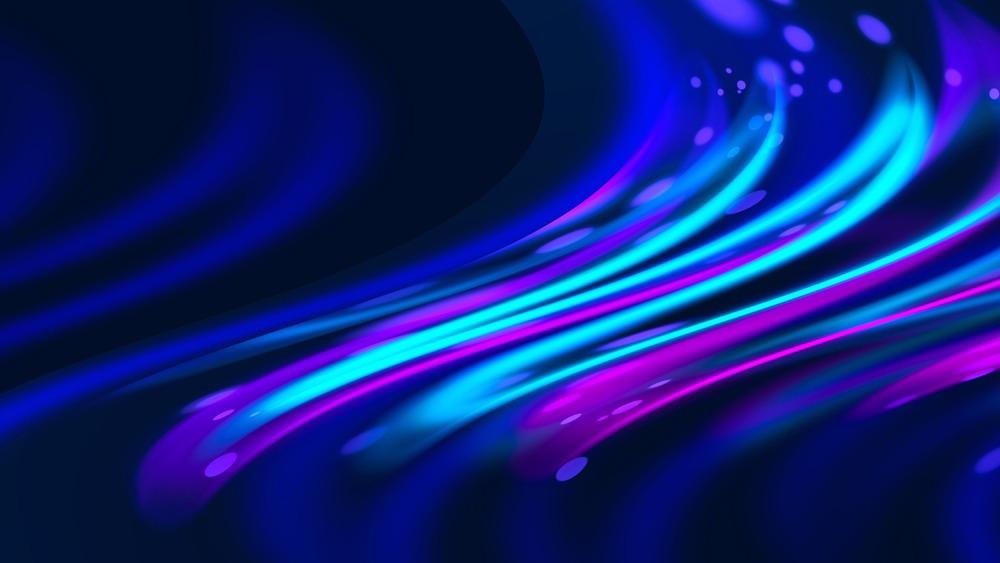Nanofluidic devices are advantageous due to their unique applications like DNA sorting, epigenetic analysis, toxicity analysis, gene therapy, and drug delivery through nanochannels. This article discusses nanofluidic devices, their fabrication methods, applications, challenges and future prospects.

Image Credit: SAB_Designs/Shutterstock.com
What is Nanofluidics?
Nanofluidics involves the study of a fluid’s motion through structures that have one or more of its dimensions between 1 to 100 nanometers. In other words, it deals with the control of a limited amount of molecules or very small quantities of fluids restricted in a nanoscale channel.
Nanofluidics investigates a unique phenomenon that occurs due to the narrow distance between these lengths and the size of the fluidic structures because the characteristic dimensions that control electrochemical and mechanical behavior, such as the thickness of the EDL (electrical double layer), are also within this range.
These devices are often manufactured by engraving tiny conduits on silicon or glass wafers.
Research and Development from Microfluidics to Nanofluidics:
The research and development in microfluidics have made exceptional advancements in the recent past. Scientists in the field of microfluidics have revolutionized the chemical and biological fields as a backbone of lab-on-a-chip systems.
Microfluidics has vast applications in different sectors of life, including health sectors, chemical industries, and biological studies. To go one step further from microfluidics, scientists pushed to shrink the architectures from microscales to nanoscales giving rise to nanofludics.
Applications of Nanofluidic Devices in Different Industrial Sectors:
Nanofluidic devices have opened a gate for new opportunities in different fields of science. For instance, these devices offer new prospects for experiments at unicellular or even molecular levels in biochemical sectors. Therefore nanofluidic devices have equipped scientists with tools to operate on molecular levels and investigate molecular events at the cell-extracellular milieu interface.
In recent developments in the health industry, scientists have been able to study cancer cells movements in an area that was even smaller than the cell size using nanotechnology.
Furthermore, nanofibers, nanosensors, and nanostructures are being used in analytical chemistry for qualitative and quantitative determinations in the chemical industry.
Methods for Fabrication of Nanofluidic Devices:
The most common platforms in nanofluidic technology are nanopipette, nanochannels and nanopores. Most fabrication methods aim to obtain these platforms to provide functioning devices with specialized applications, primarily for chemical and biological functions. In addition, one of the aims of scientists is to improve resolution cost-effectively so that research can become affordable for progress in nanofluidics technology. But every procedure, technique, or method comes with its limitations in materials.
Photolithography:
Several methods are used for nanofluidic device manufacturing. The most commonly used method is photolithography, a very well-settled technology to manufacture nanofluidic devices.
Traditional photoresists of alkali-soluble resin combined with a photoinitiator or photosensitiser are sensitive to the energy spectrum between 250 and 450 nm and were originally utilized as excitation radiation sources. The first laser source used in photolithography for mass manufacture of 256-Mb DRAM with a feature size of 250 nm was a KrF* excimer laser. The resolving power of the photolithography determines the resolution.
Soft Lithographic Techniques:
Scientists have put a lot of work into developing soft lithographic techniques, an alternative to the photolithographic method, in nanofabrication for optics, material science, nanoelectronics, and biochemistry.
These techniques have improved the resolving power to tens of nanometers. It uses elastomeric stamps or molds for the fabrication of nanostructures. PMDS (a cast on a master mold) is usually used to construct elastomeric stamps. These stamps can be subsequently sealed to glass substrates using oxygen plasma or other ways to add a 3D look to the assembly.
Challenges and Future Prospects
The cost-effectiveness for fabrications of nanofluidic devices has a lot of room for improvement. One of the main challenges is that the laboratory equipment for producing these systems is costly, which makes it quite difficult to mass-produce nanofluidic devices. Another challenge is the construction of nanochannels with controlled sizes and surface properties for fluid transportation.
Given the importance of fouling and clogging in nanofluidic systems, future research could focus on smart geometry designs and manufacturing procedures for DNA sequencing and effective cell or molecule separations. In addition, functional nanocoatings with tailored fouling features are necessary for several applications, including self-cleaning and antifouling surfaces.
Nanofluidics could be integrated with microchannels to enable nanochannel connection. Laboratory equipment should be linked to nanoscale spaces for graded structures to give effective fluidic control. Large-area hierarchical nanofluidic systems should thus be dependable and robust to deliver the required solutions for nanofluidic applications.
Another area where scientists can improve is the development of fabrication techniques for smaller and critical dimensions with high accuracy and precision.
Continue reading: Nanofluidic Devices for DNA Optical Mapping can be Fabricated and Characterized with FIB-SEM
References and Further Reading:
Ali, M. E., et al (2016). Nanostructured materials: Bioengineering platforms for sensing nucleic acids. Reference Module in Materials Science and Materials Engineering, 1-26. https://doi.org/10.1016/B978-0-12-803581-8.04075-3
Sima, F. & Sugioka, K. (2021). Ultrafast laser manufacturing of nanofluidic systems. Nanophotonics, 10(9), 2389-2406. https://doi.org/10.1515/nanoph-2021-0159
Whitesides, G. M. (2006). The origins and the future of microfluidics. nature, 442(7101), 368-373. https://doi.org/10.1038/nature05058.
Disclaimer: The views expressed here are those of the author expressed in their private capacity and do not necessarily represent the views of AZoM.com Limited T/A AZoNetwork the owner and operator of this website. This disclaimer forms part of the Terms and conditions of use of this website.